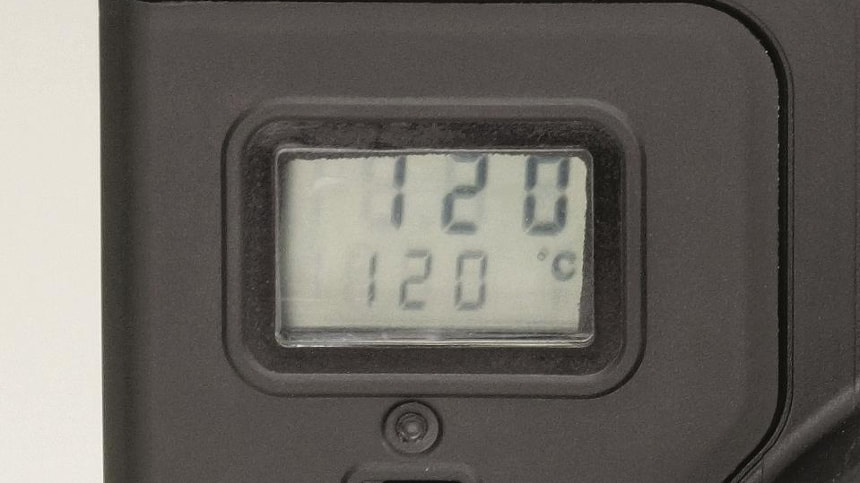|
One of the most common mistakes we see our customers making when selecting a process heater is basing their choice on temperature rating rather than power rating. Temperature can be important but is generally a dependant variable. In this article we will discuss why the power rating is such an important parameter and some of the fundamentals needed to calculate your process requirements.
When we "heat" something, we are adding energy to a system in order to make the atoms move faster. Energy is expressed in the SI unit joules (other common units include BTU, calories, and kilowatt hours). Power is simply the amount of energy per unit time, or joules per second, and its SI unit is the watt. Therefore, the watt rating of a heater tells us how many joules of energy we can put into a system per second.
There are a myriad of factors that will impact the heat requirements of any process. Below are some of the design criteria you should consider. In any given application some of these criteria will be relevant and some will not (or will have such a small affect as to be negligible). Calculating heat required to raise the temperature a given amount:
In order to raise any material from one temperature to another, energy must be added the system. The calculation for this takes the form (in SI units):
This formula provides the energy requirement in kilojoules for the temperature change. To calculate the power requirement in kilowatts, divide by the desired cycle time in seconds. The faster an object is heated, the more watts required. One way to cut down on the power requirements of a system is to ease the time constraints in the process.
Remember that you must take all materials into consideration. Include fixtures, trays, containers, etc. that may be used to hold the material of interest. They will also be brought to temperature during your process and therefore require added energy. Calculating heat required to change from one state to another:
If your process requires the material to go from a solid to a liquid or a liquid to a gas, the energy calculation takes the form (in SI units):
This formula provides the energy required in kilojoules for the phase change. To calculate the power requirement in kilowatts, divide by time in seconds
Calculating heat required to compensate for losses:
It is very difficult to build a heat system where no energy is lost to the surrounding environment. The amount lost depends on several factors including: thermal conductivity of the wall and insulation materials of the system, temperature differential between inside and outside of the system, and the thickness and surface area of the walls.
Thermal conductivity is the quantity of heat transmitted through a unit thickness in a direction normal to a surface of unit area, due to a unit temperature gradient under steady state conditions or W/m/°C. The heat transfer rate is calculated using the following formula:
This is a simplified equation that assumes the system is at steady state and has flat—not curved–walls. Thermal loss calculations can become very complex and in some cases require computer simulation to get an accurate result, but a simplified equation such as the above can provide a good estimate.
Once you’ve calculated the above factors for your process requirements you have an idea of the size of heater you will require. If you find that the number of watts required is large, you should look at the factors in the calculations to see if there is an opportunity to mitigate. For example, if losses to the environment are causing a large increase in the requirements, look for ways to minimizes losses through insulation, process redesign, etc. This article is meant to give a high level explanation of how to choose a heater based on its power output. If you have questions, please contact STANMECH Technologies directly and we will be happy to help you choose the right hot air heater for your application. Originally published: 09/23/2014 Comments are closed.
|
|
STANMECH Technologies Inc.
944 Zelco Drive Burlington ON L7L 4Y3 | 1-888-438-6324 | [email protected] Terms of Use Privacy Terms and Conditions of Sale Warranty Policies |
|
Proud Member of:


